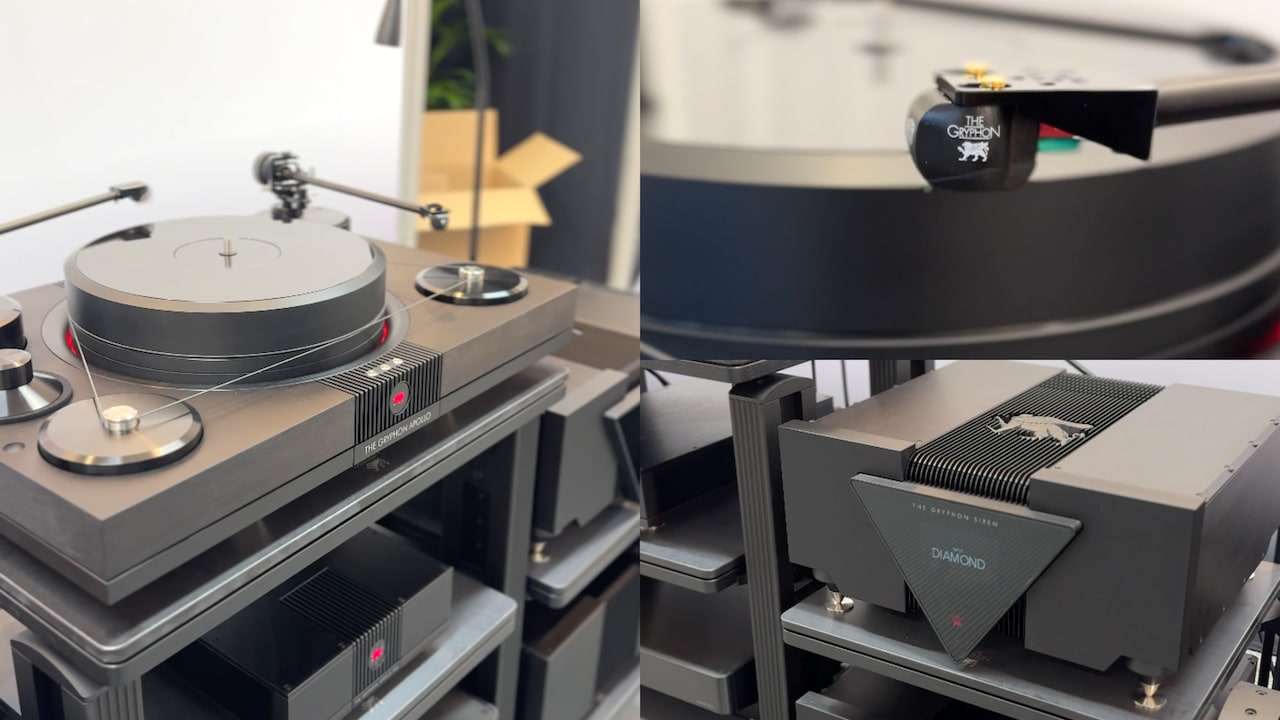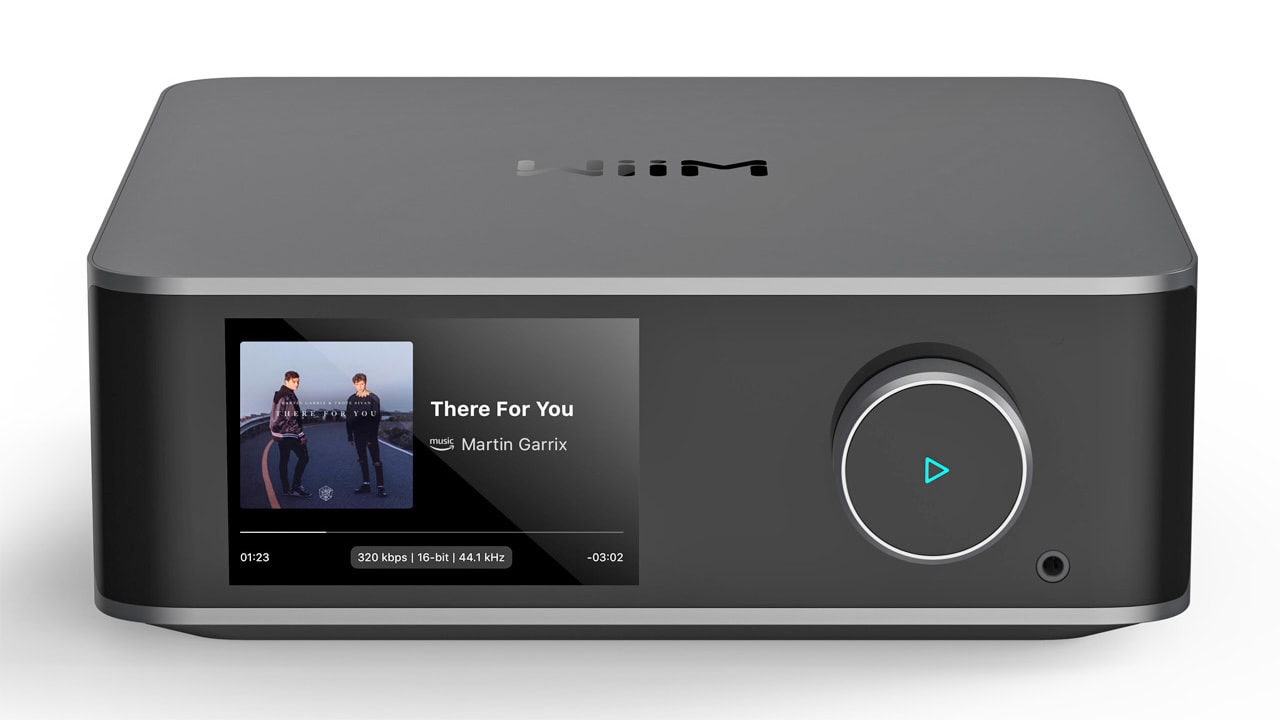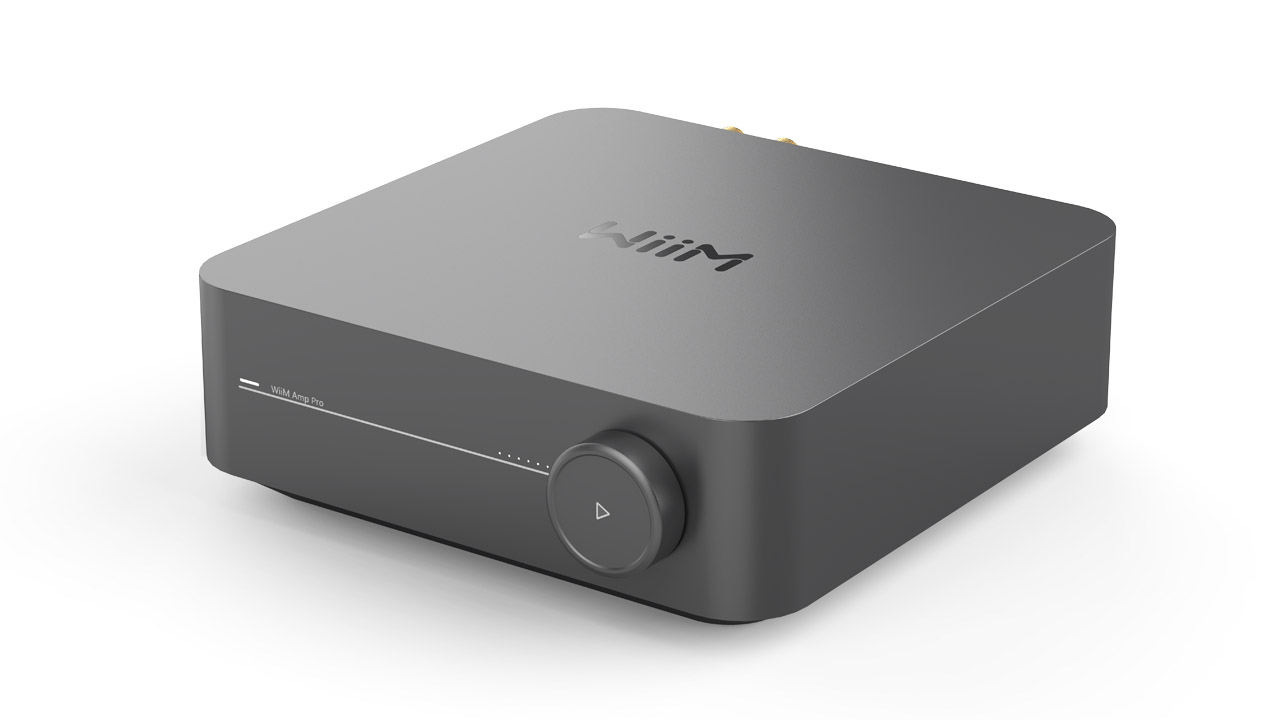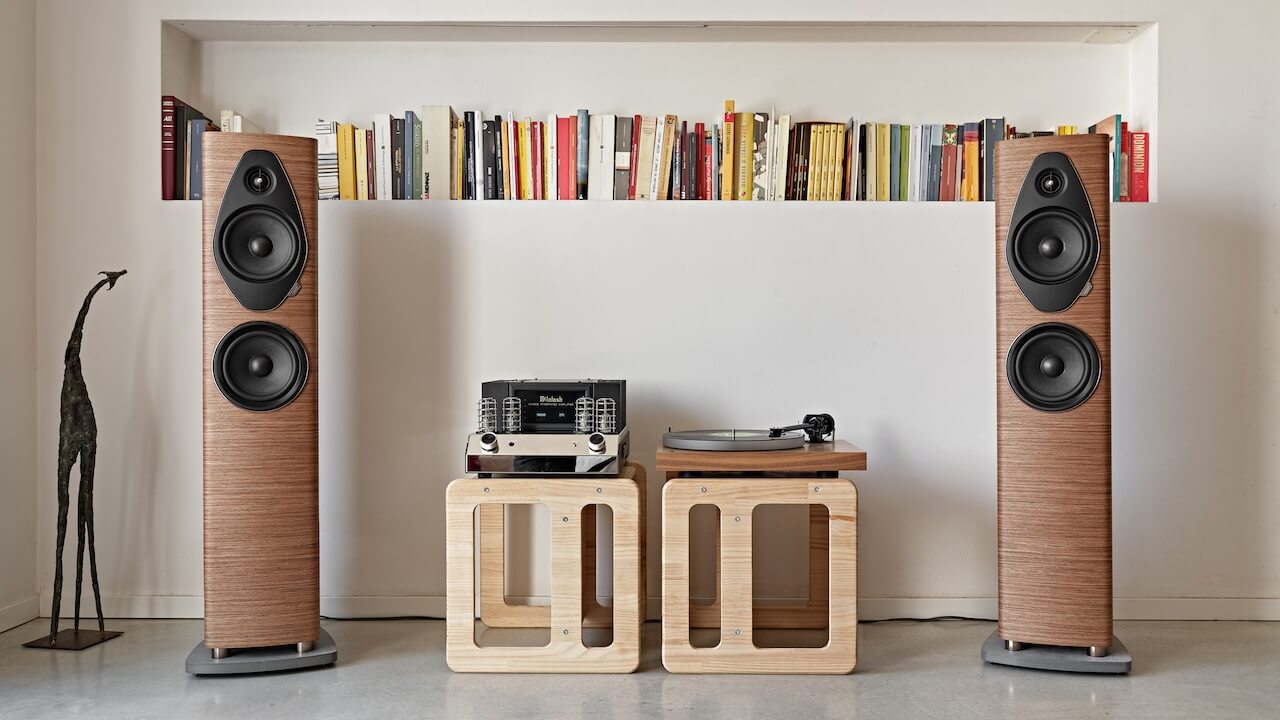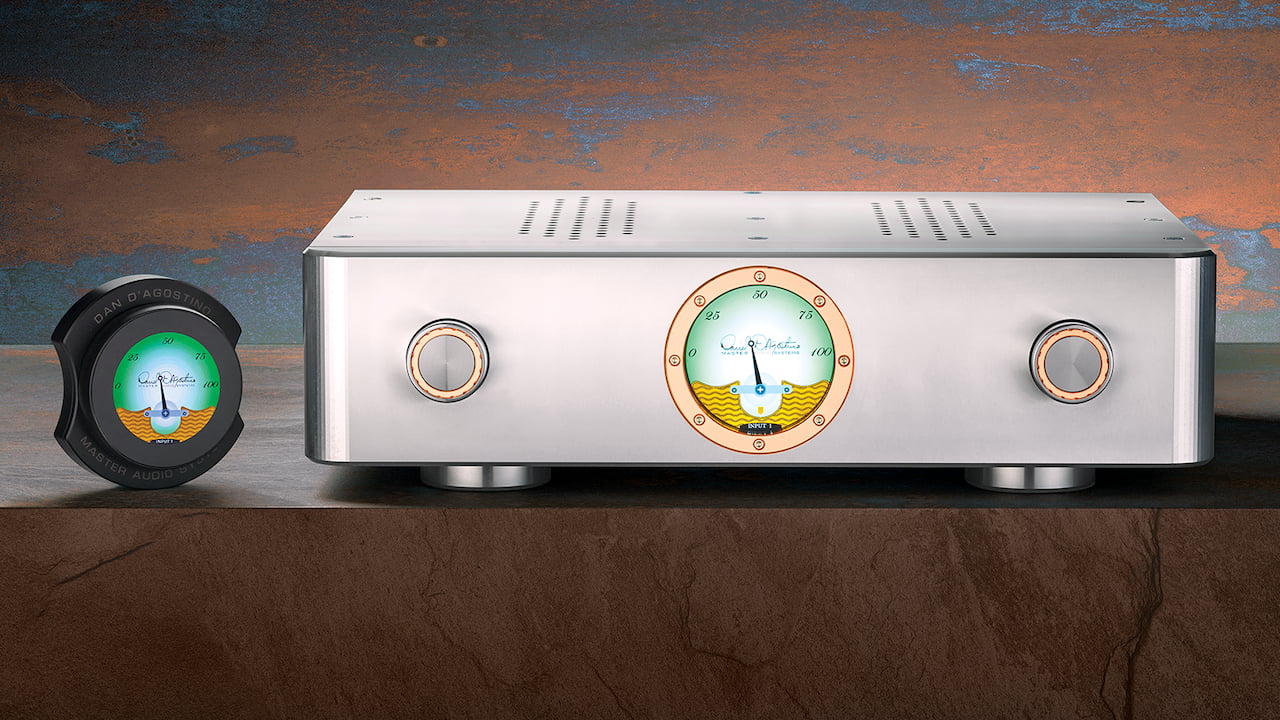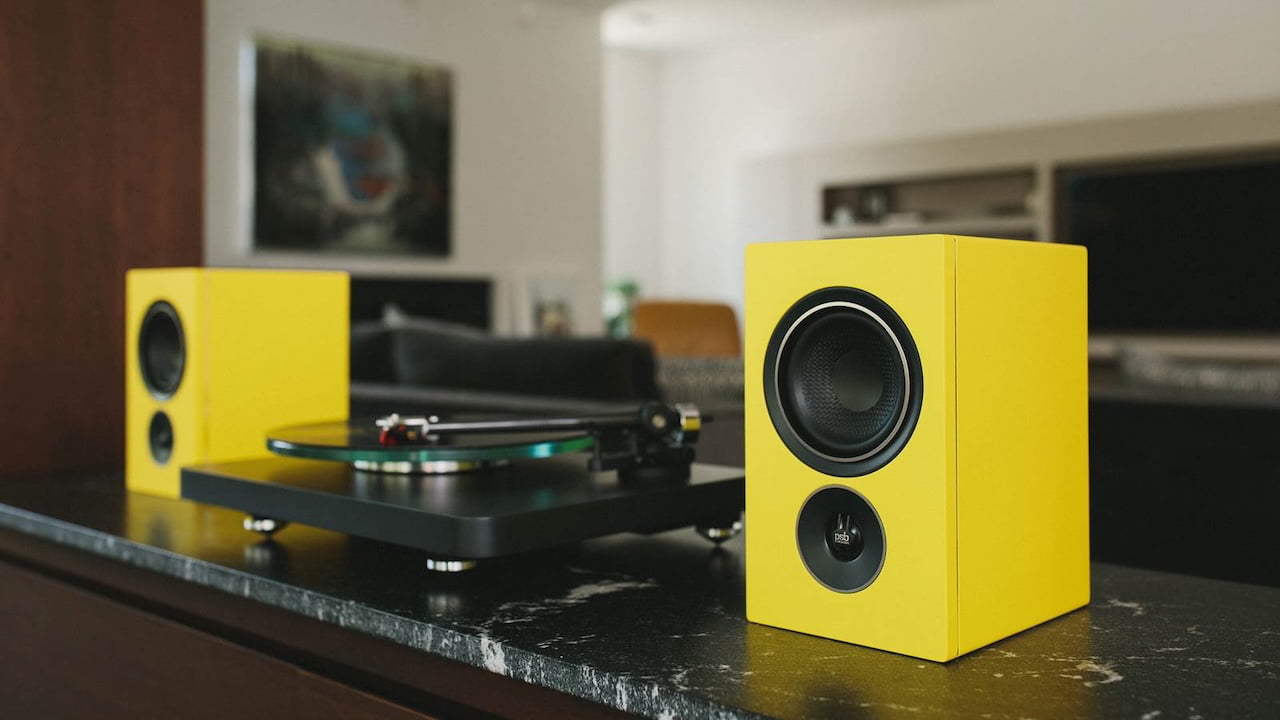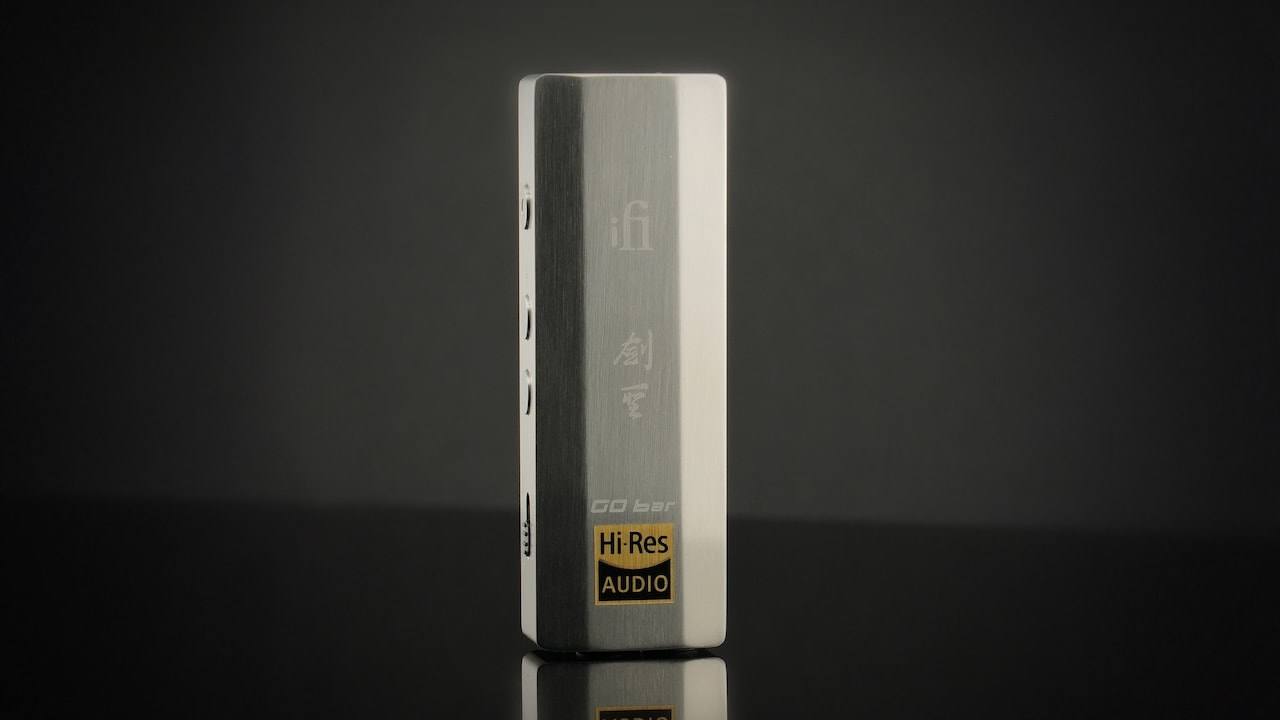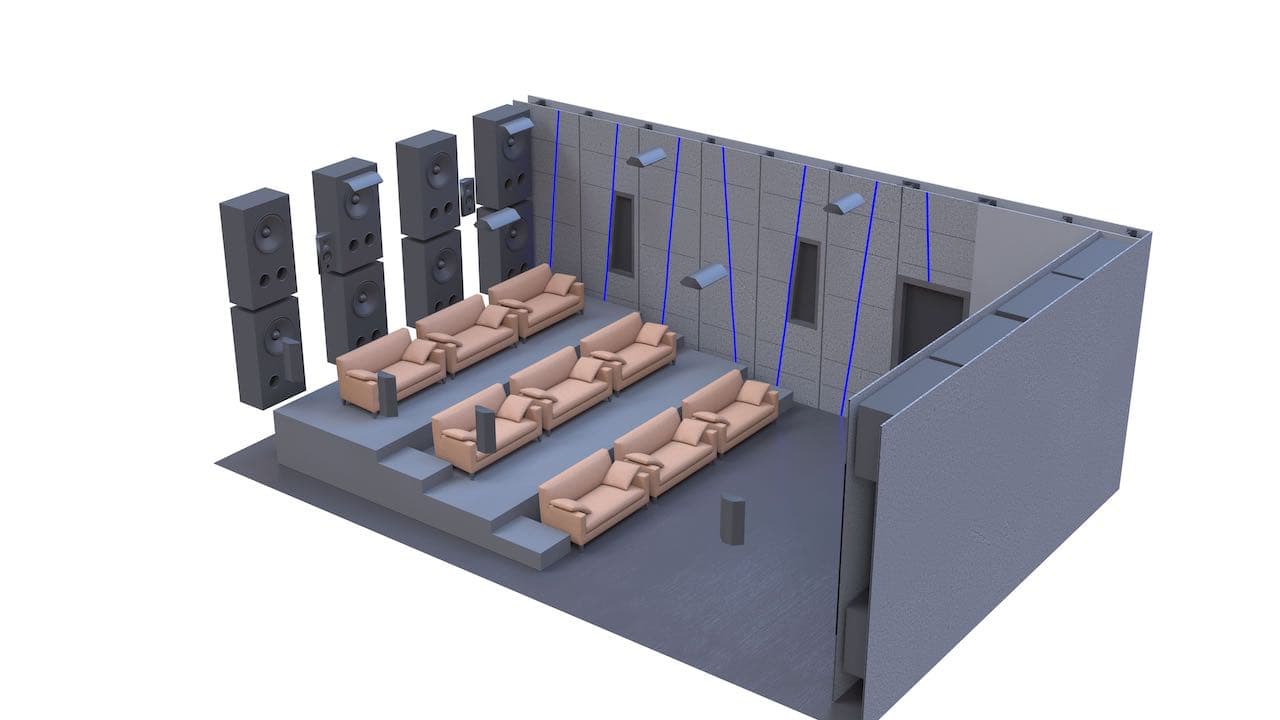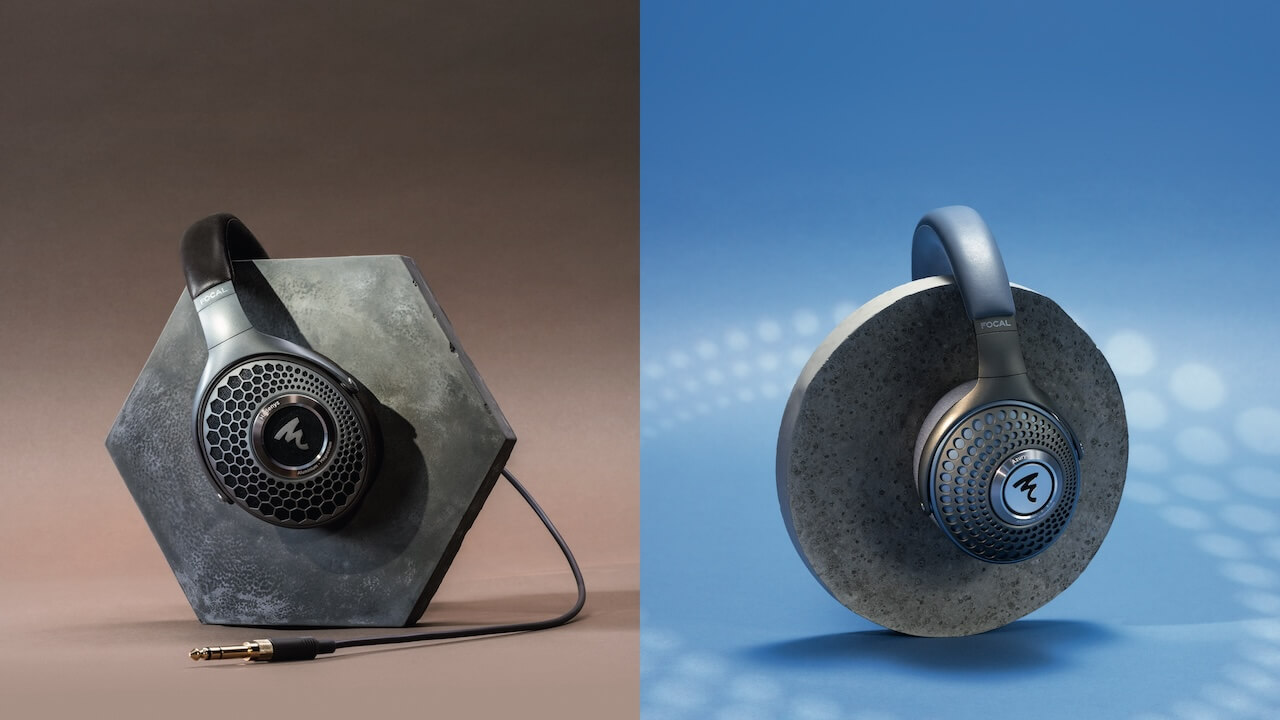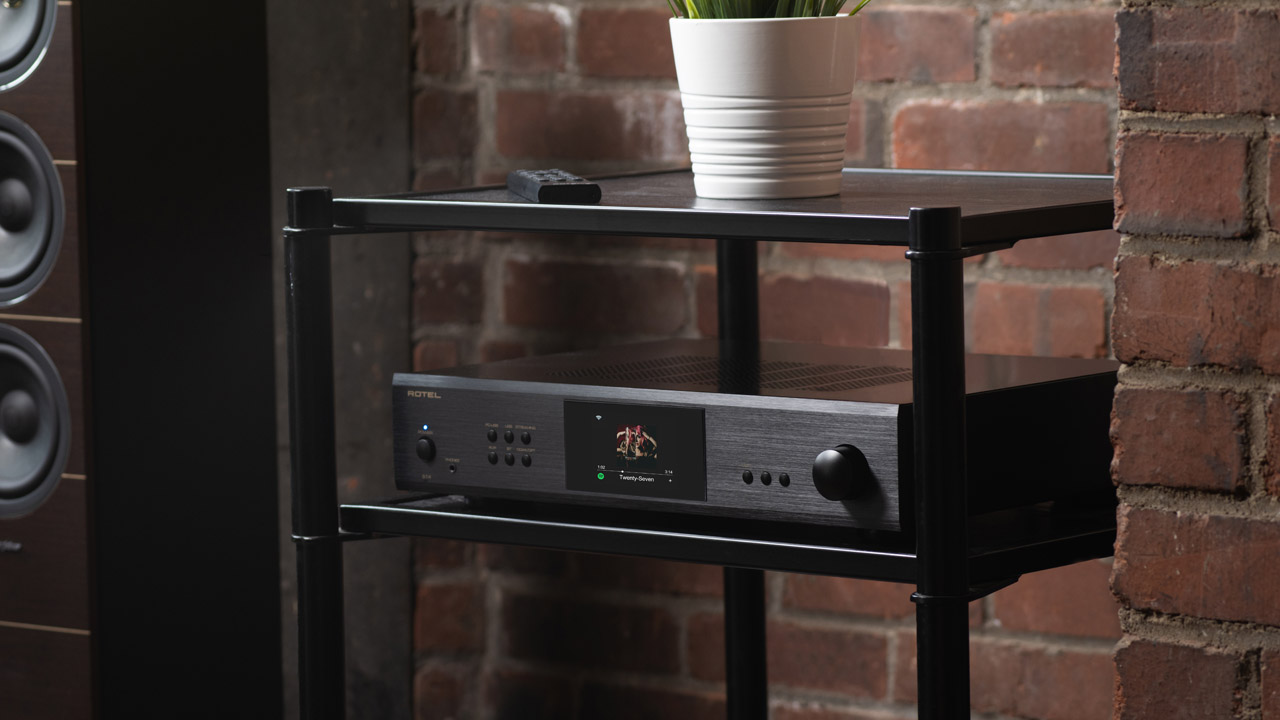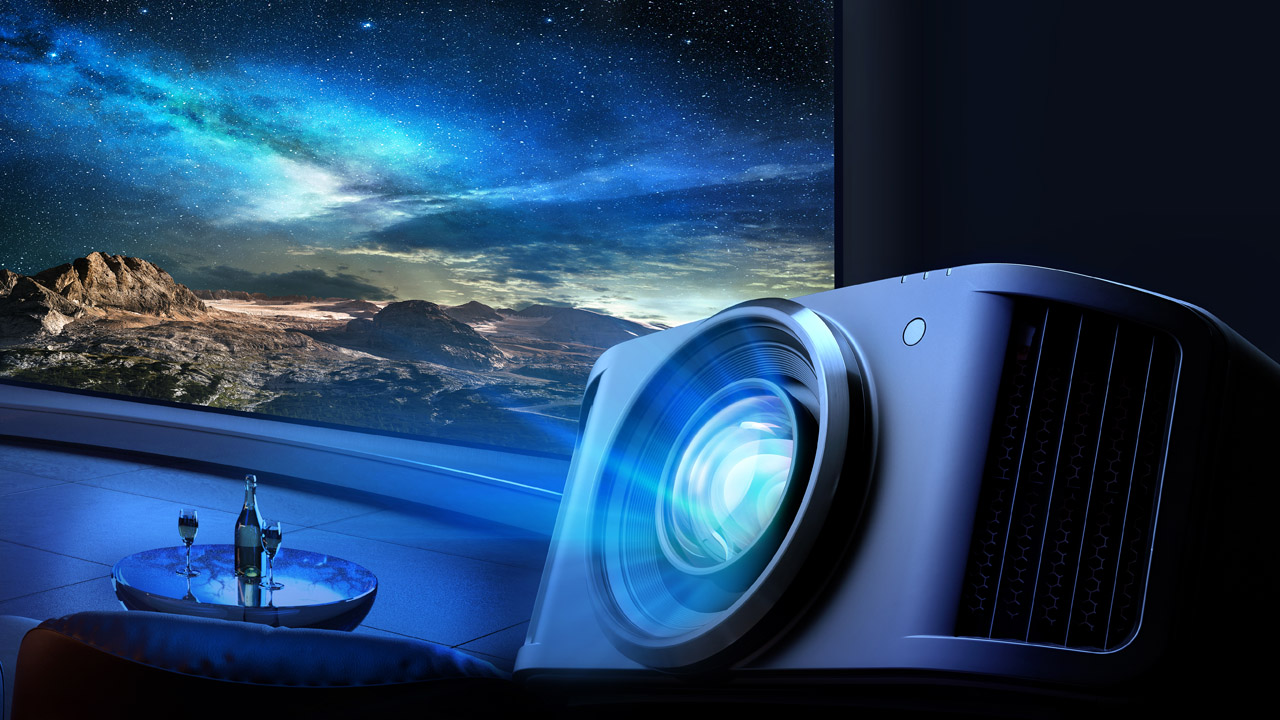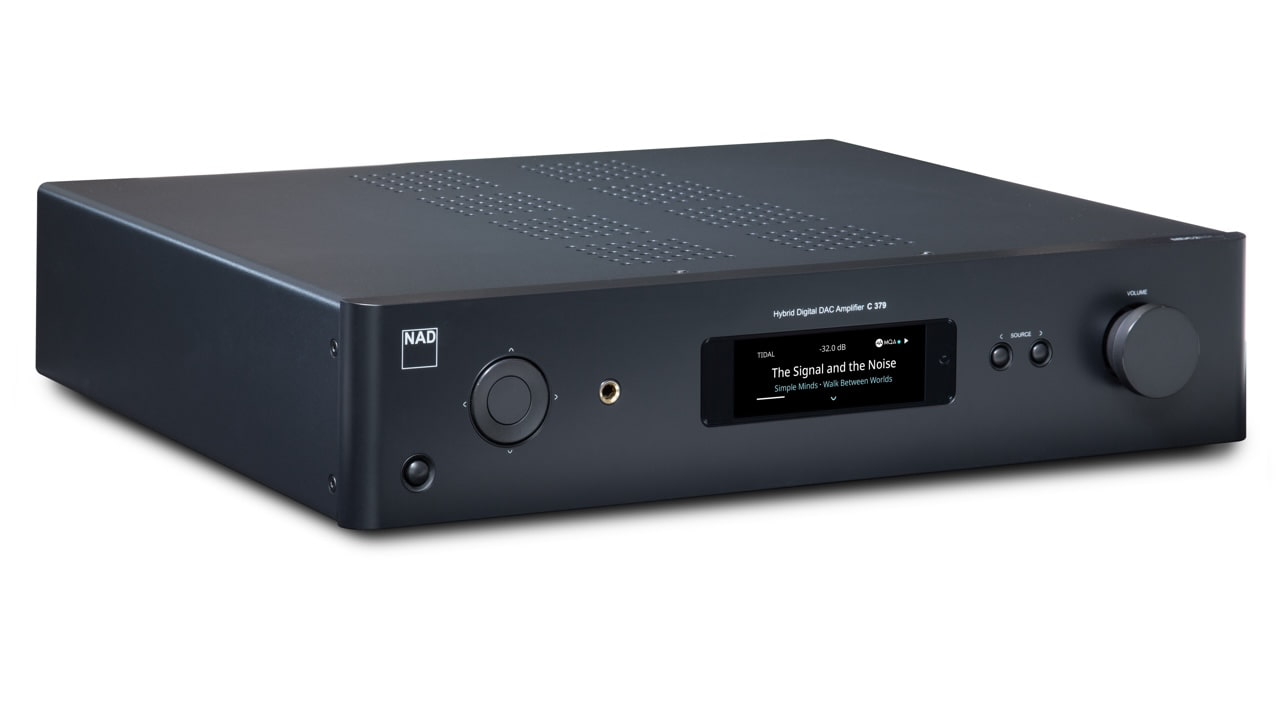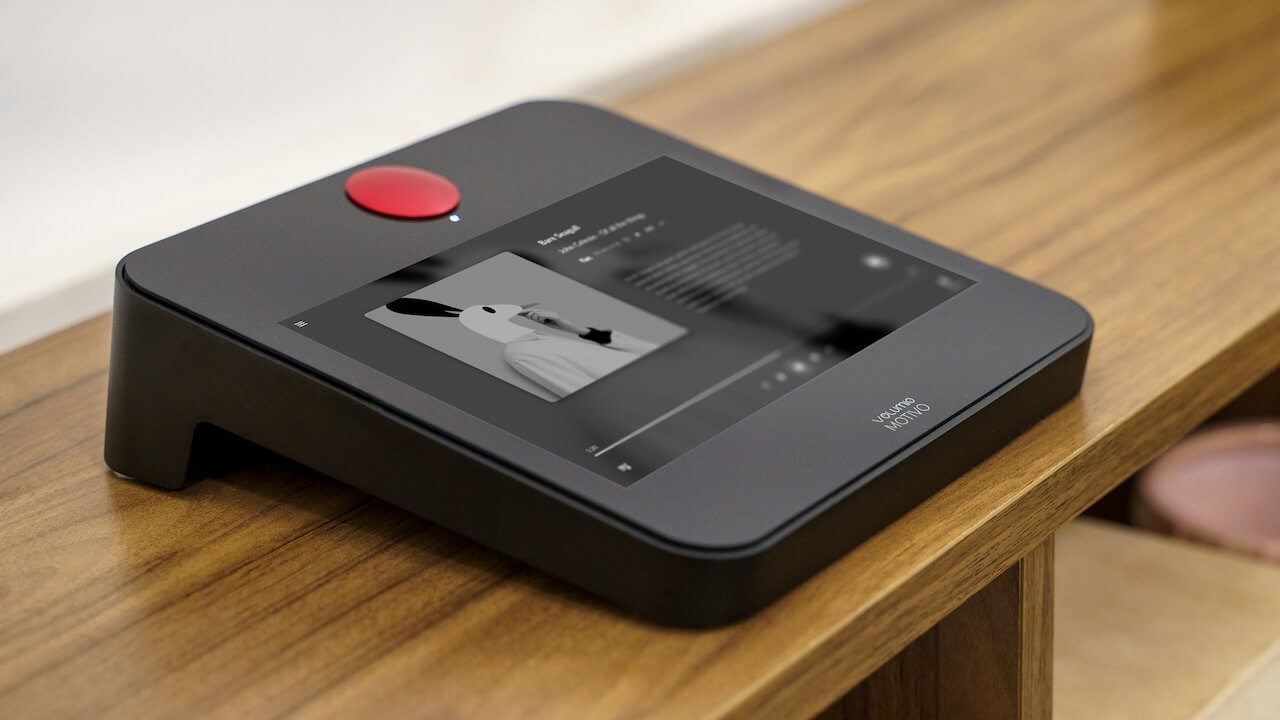A lot has happened since Audeze sent me a sample of the MM-500 to review; the company was purchased by Sony which is a huge endorsement of the entire team based in California that has been one of the key brands in the Head-Fi revolution over the past decade.
The preceding 12 months were not exactly quiet either for the company with the release of the LCD-5, Manny Marroquin Series, and the Maxwell gaming headset that has become the most successful product in the company’s history.
40 percent of Audeze’s sales come from the gaming category which explains why Sony found the company to be such a unique opportunity; billions of dollars are spent each year by consumers on gaming and Sony, the manufacturer of the leading console in the market, saw an opportunity to offer the best headset.
For Audeze, the acquisition gives them access to a marketing budget that high-end audio manufacturers can only dream about, and retail exposure on a global level that will soon make consumers acquainted with their complete lineup. Not a bad deal.
Audeze will be joining us soon on the eCoustics podcast to discuss the acquisition and what it means for headphone industry.
Audiophiles who are familiar with the LCD series of headphones would be mistaken if they think models like the MM-500 are just an extension of those products; Audeze’s engineers had a very different set of goals when designing them and that includes the intended audience.
Products like the LCD-5 are designed as a critical listening platform for audiophiles who wish to tailor the overall sonic presentation with their own DACs and headphone amplifiers.
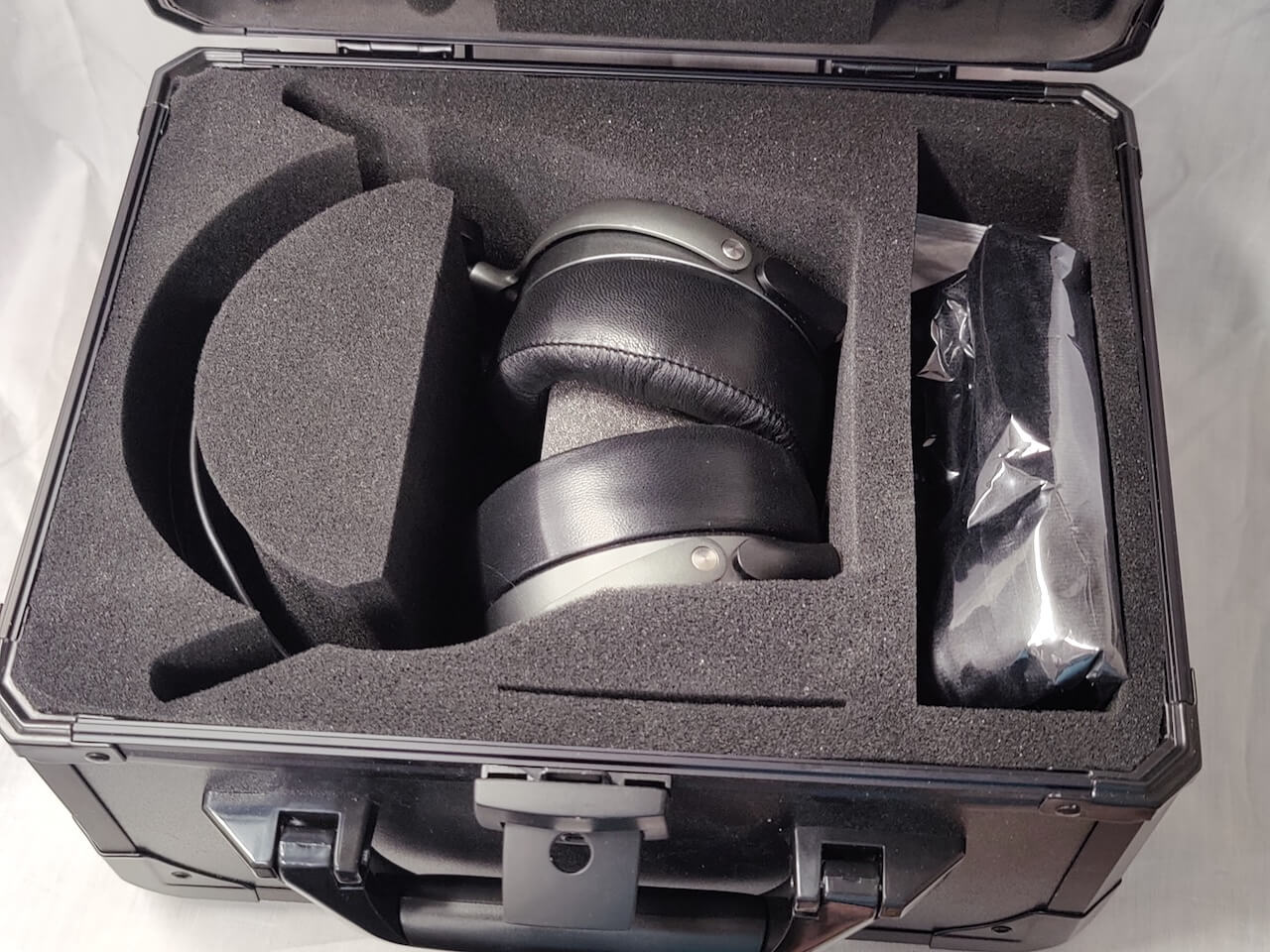
The MM-500 were designed for studio work and that is quite obvious when you open up the packaging; the headphones were shipped in a hard case that was designed to take a lot of abuse. Internally, the headphones are nestled in foam with additional foam support between the ear cups and there is a separate compartment for the cable and carry bag.
Design
The MM-500 will remind some of the LCD-MX4 or LCD-4Z after some form of steroid injection; the construction is mostly aluminum and steel with the gimbals, headband, cups, and adjustment rod housing all using heavier gauge materials than other Audeze models.
The first listening session confirmed that Audeze has designed these for the rigors of studio use; the hinges have much heavier pins and all of the stress points have been strengthened.
The ear cups have a gunmetal grey aluminum shell with a black metal grate and the micro-XLR housing appears to be much heavier than earlier models; which is additional evidence that Audeze wants those who spend a considerable amount of money on these to feel that they will not fall apart with heavy usage.
Even with the studier design, the MM-500 manages to weigh slightly under 500 grams which means that they are not decidedly heavier than the LCD-4Z or LCD-5.
The wide headband is effective at spreading out the weight which allowed me to listen for hours without feeling a sense of physical fatigue.
The headband has a leather suspension that matches the pad color well and gives the MM-500 a distinct black/grey industrial finish; Audeze even made sure that the horizontal bars in the driver visible through the black screen inside the cups match the overall look of the headphones.
The ear pads are a departure from the more recent LCD models and look more like the earlier LCD-2 pads which are slightly thicker in the back than the front; that actually helps create a rather good seal whilst remaining eye glasses friendly.
The opening on the inside of the pads is a touch on the small side so those with large ears may feel the leather rub against the ear sometimes.

The cable that ships with the MM-500 is Audeze’s standard 6-foot cable with the 6.35mm jack at the southern end and a pair of micro-XLR connectors at the northern end.
The cable is 20 AWG OFHC copper for low impedance and high current capacity; the lower portion of the cable uses a 4-strand Litz braid and the upper sections are two strand twists from splitter to the connectors.
The premium cable offerings for the LCD series (except the LCD-1) will also work with the MM-500 for those wanting a balanced connection.
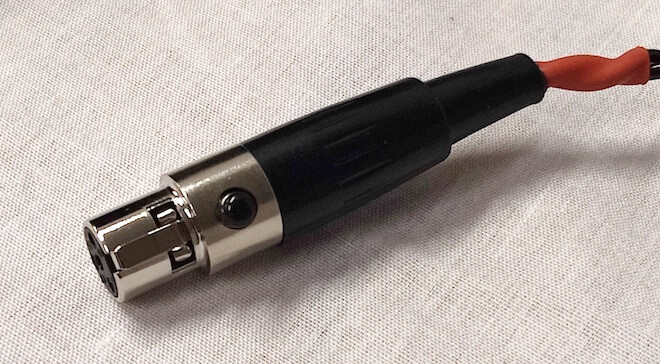
Technology
The MM-500 utilize Audeze’s 90mm planar magnetic driver with the Fluxor magnet array, Neodymium N50 magnets and the Uniforce diaphragm.
The nominal impedance is 18 ohms with a sensitivity of 100dB/mW and a recommended input power of >250mW.
This makes the MM-500 driver a higher impedance, higher sensitivity version of the 90mm driver found in the LCD-5.
The power handling is impressive with a maximum of 5 watts while maintaining a THD of <0.1% @ 100dB SPL at 1kHz. The frequency response is listed from 5Hz to 50kHz which is also quite impressive.
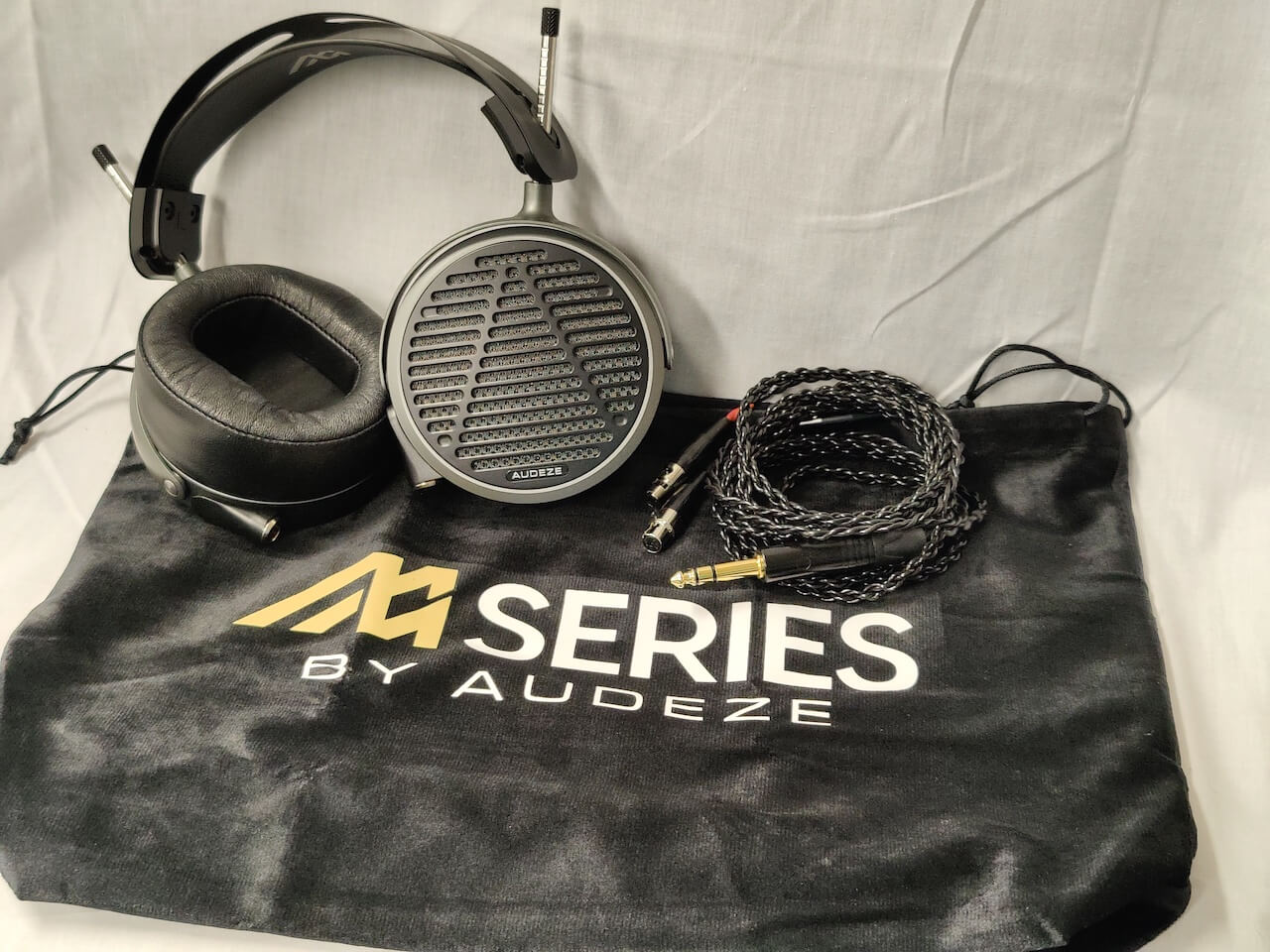
One design decision that will impact those who may want to use the MM-500 with portable gear was the decision to terminate the cable with a 1/4″ jack which is generally not found commonly on those types of devices. There are some that offer it but it is not a big number.
One can always purchase a 3.5mm terminated cable for use with the MM-500 and I used a couple I had on hand, but the inclusion of either a second cable or an adapter for this purpose would have been appreciated. With the target audience being professionals, it does make sense why Audeze went with this type of termination.
Sound
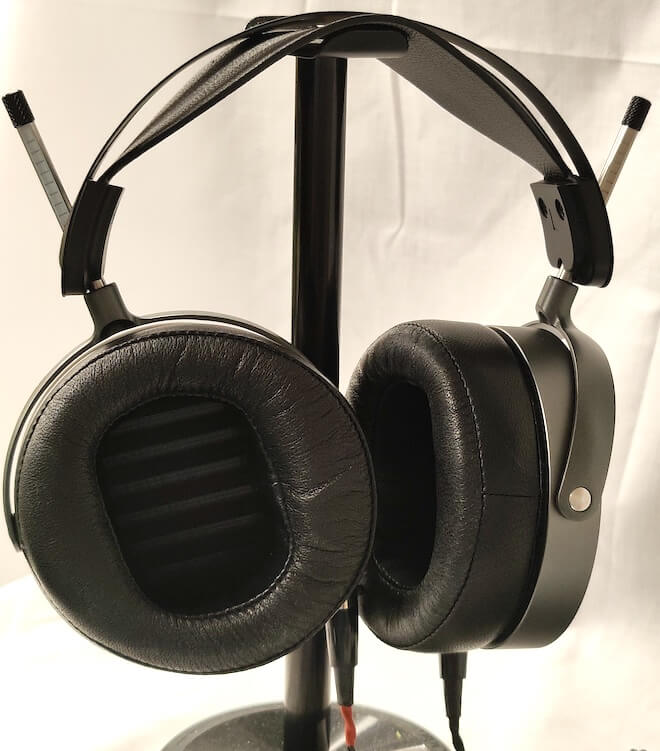
What’s really interesting about the Audeze MM-500 is that it was designed from the ground up for mastering work and the sonic signature was tuned by Marroquin rather than by Audeze.
What does that mean?
For starters, whilst they are generally balanced sounding from a tonal perspective, they are certainly not as a neutral as something like the Audeze LCD-5 and they offer a slightly different coloration than the LCD-X which has been really popular with mixing engineers so far since they were introduced.
The bass range is not completely neutral sounding and whilst the sub-bass has good depth, there is some additional emphasis in the 100Hz – 250Hz range that is quite audible. This sub-bass overall is well controlled with good clarity but there is not as much impact as one might expect.
Those looking for rather visceral impact won’t not necessarily find it here but it would unfair to say that the sub-bass is too soft or not defined.
The aforementioned emphasis does accentuate the kick-drum but it is still a rather mild degree of emphasis that does return to a more neutral position rather quickly.
The mid-bass is not as clean sounding or textured as the MX4 or LCD-5, but it is still very good compared to most headphones the MM-500 is more responsive to EQ than those two other headphones. Slight changes while mixing will be more audible through the MM-500
Overall, the mid-bass is very close to the LCD-X in terms of both texture and resolution.
The midrange performance of the MM-500 is outstanding with excellent clarity and a very high level of resolution. The tonal balance is much closer to the Audeze house sound; texture is very close to the performance of the LCD-X which is slightly warm but also a tad thinner overall.
There is a very open quality to the sound overall and that degree of thinness makes instruments separation more pronounced. For those that are mastering, the tonal balance, clarity, and texture make it extremely easy to pick out individual voices in the mix.
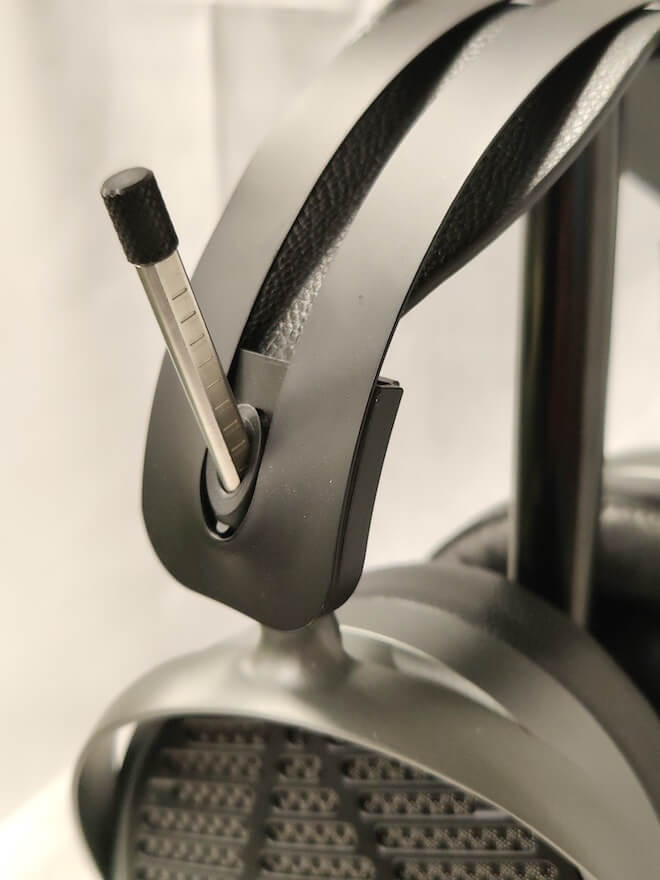
Male vocals have enough weight and texture to sound natural, but they don’t have as much emphasis overall as female vocals which are pushed slightly forward with greater detail.
The tuning is great for strings where the upper strings need a touch more energy than the lower to sound natural. Piano tonality is also quite good.
Treble performance was consistent throughout the range with very good top end extension and a very clean tonal presentation. This was also the region where each amplifier either worked extremely well or fell rather short — using tube amplifiers took away some top end clarity and detail and left me feeling that I was missing some of the top end sparkle that I prefer.
The RME and Bryston amplifiers in my collection were the best performers with the MM-500 because they had more than enough power and neither added their own colorations to the mix.

Percussion snap with both was crisp and cymbals were reproduced quite realistically.
Soundstage performance was very good in terms of width and depth which gave vocals a lot of room to move around the soundstage and there was enough height to properly reproduce the actual positioning of instruments.
When listening to a binaural recording of four guitarists, the instrument separation was extremely accurate allowing me to properly place each one on the stage.
Seating the orchestra was an easier task because of the specificity of every performer without overlapping and the stereo separation was excellent.
What kind of amplifier should you consider?
Throughout the review process, one thing that really stood out was how the MM-500’s performance was highly dependent on my choice of amplification; some amplifiers like the Bryston BHA-1 and RME ADI-2 FS BE excelled with the Audeze headphones whilst others like the Earmen Champ, Yulong Aquilla2, Burson Funk and Bottlehead Crack struggled in comparison.
The Earmen Angel and iFi Gryphon were both quite good if a portable amp is desired, but be aware that the MM-500 does its best work with a high current amp capable of delivering at least 500mW so smaller portable amps may struggle with either power delivery or battery life.
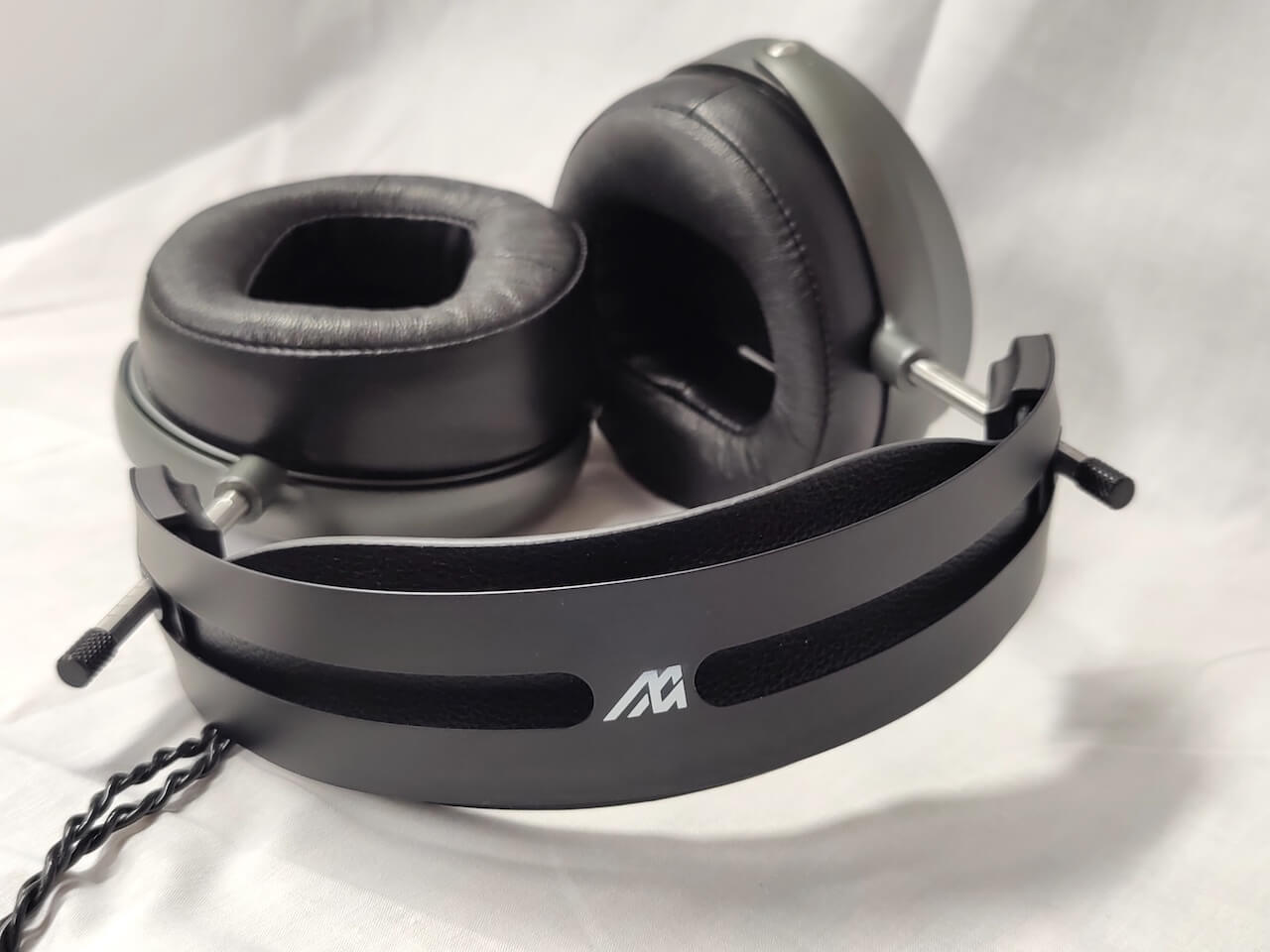
Final Thoughts
The elephant in the room for anyone considering a headphone at this price point or one of the top models from Audeze, is how does one select between something like the Audeze MM-500, LCD-X, LCD-MX4, or LCD-5?
And understand that the MM-500 belongs in the same conversation with all of these.
The major points of differentiation are the tuning, build quality, and application.
Between the MM-500 and LCD-X, there is a definite uptick in robustness and durability with the MM-500. That should not be misinterpreted as the “LCD-X” is fragile.
The LCD-X also uses a larger 105mm driver with larger ear pads that did not rub against my larger ears in the same way as the MM-500.
The LCD-X offers more of the Audeze house sound and it became very evident that the MM-500 is a much more neutral sounding headphone overall.
The LCD-4MX is twice the price of the MM-500 and the performance gap is certainly evident between the two when it comes to resolution, presence, a fuller sounding mid-bass and lower midrange, and a more tightly defined soundstage.

The MM-500 offer better durability for a lot less money and a thinner sounding tonal balance.
The LCD-4MX are also much more difficult to drive and not exactly ideal for portable sources and a powerful Dongle DAC.
The flagship LCD-5 are $4,500 USD and for that amount of money, one should expect reference caliber performance in almost every way. They offer superior transparency, detail, spaciousness, speed, and resolution.
None of that is a dig at the MM-500 which offers 66% of that level of performance for under $1,700.
For those who require a high-end mastering headphone that offers exceptional build quality, very good sound quality, and is responsive to EQ — the Audeze MM-500 might be the best value for the money in the entire Audeze lineup.
Where to buy: $1,699 at Audeze.com | Amazon
Related Reading:


